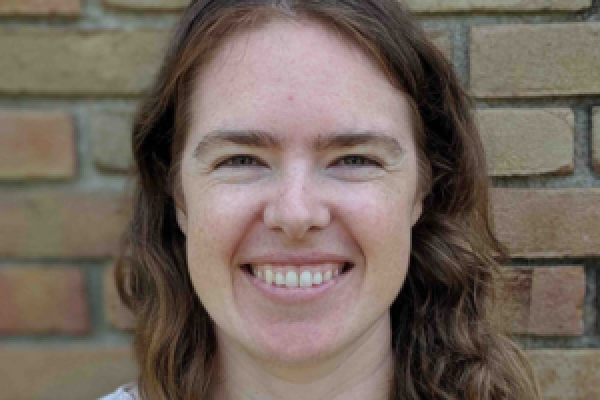
Mikaela Smith, The Ohio State University, Research Scientist, Public Health - Division of Epidemiology
Title: Exploring Intersectional Quantitative Methods: Application of the Multilevel Analysis of Individual Heterogeneity and Discriminatory Accuracy (MAIHDA) Approach to a Study of Contraceptive Preferences
Abstract: Quantitative analyses of population and survey data are useful for getting a broad understanding of social phenomena; however, they often exclude or oversimplify the experiences of members of minoritized groups. Intersectionality, a framework developed by Black feminist scholars in the 1980s and 90s, is grounded on the understanding that systems of oppression overlap and intersect to create multilayered harms for members of minoritized groups. Thus, quantitative methods that take a high-level approach do not always lend themselves to research under an intersectional lens. Scholars have described ways to make quantitative methods more intersectional, such as using interaction terms or stratifying by certain sociodemographic characteristics. However, these approaches have limitations. More recently, a new approach that has been developed to address these concerns is multilevel analysis of individual heterogeneity and discriminatory accuracy (MAIHDA). This approach treats individuals as nested within groups defined by a combination of several characteristics. It allows researchers to combine more characteristics in analysis than would be feasible with interaction terms, and it allows us to describe what percentage of variation in our outcome is explained by interaction terms versus individual-level variables. In this presentation, I will give an overview of intersectionality, describe the challenges associated with conducting intersectional quantitative research, describe the strengths and limitations of the MAIHDA method, and share findings from a MAIHDA analysis of contraceptive preferences among a sample of women aged 18-44. Our findings reflect structural inequities in the healthcare system, and reveal how traditional models are insufficient in capturing nuances in intersectional experiences.
Register once to have access via Zoom to this seminar and the full 2025-26 seminar series.
